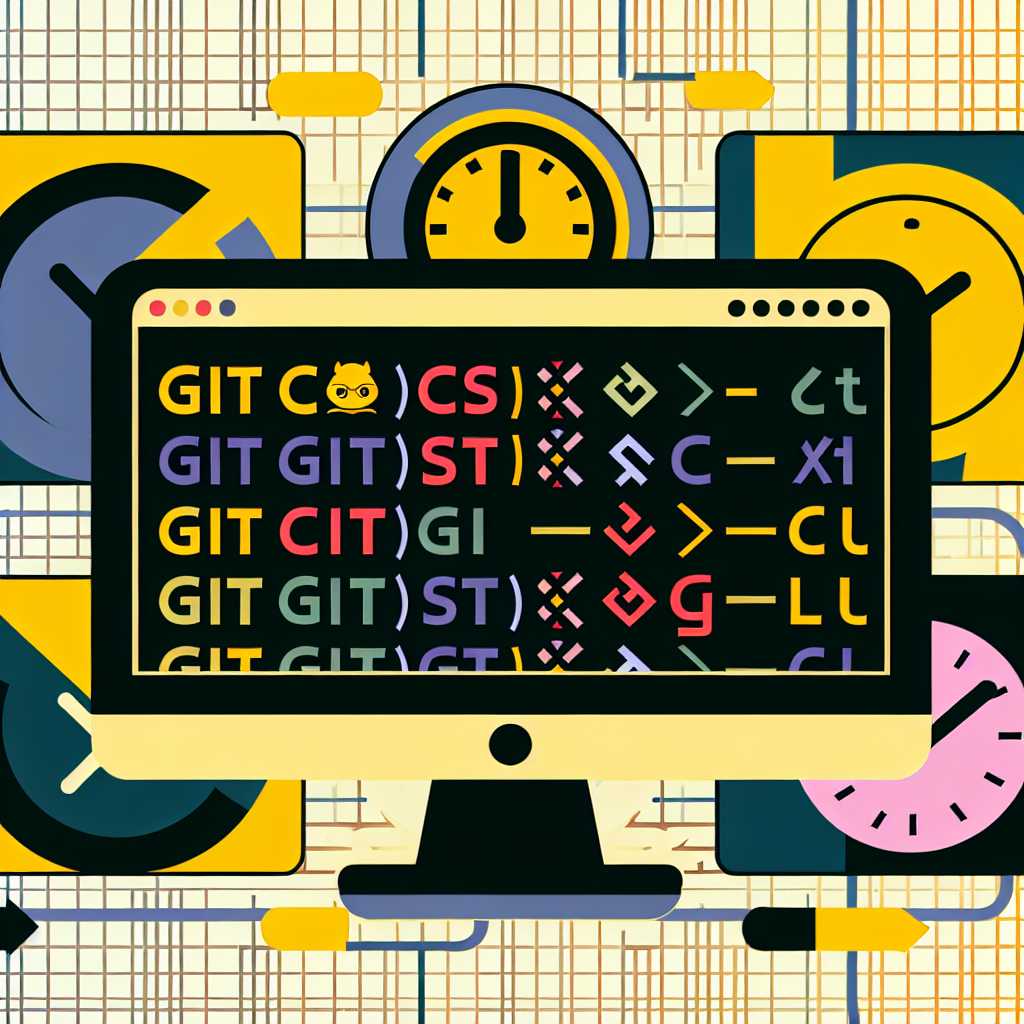As a software engineer who loves efficiency, I’ve learned that every saved keystroke counts. For Git users, Git aliases present a simple yet powerful way to streamline daily workflows, save time, and even minimize repetitive typing. In today’s article, I’ll introduce you to the world of Git aliases, show you how to set them up, and share some of my favorite examples that will help you work smarter with Git.
What are Git Aliases?
Git aliases are shorthand commands you can use in place of longer (often hard-to-remember) Git commands. You configure them in your Git configuration file, and once set, they behave just like actual Git commands. This means it’s easy to use, say, git co instead of git checkout, or even create custom workflows.
Setting Up Your First Git Alias
Setting up an alias is straightforward. You can add them per-project (in that repo’s .git/config) or globally (in your ~/.gitconfig). Here’s how you add a simple alias globally:
git config --global alias.co checkout
Now, typing git co will expand to git checkout.
Must-Have Git Aliases
Here are a few aliases I swear by:
git stforgit statusgit config --global alias.st statusgit lgfor pretty log outputgit config --global alias.lg "log --oneline --graph --decorate --all"git lastto see the last commitgit config --global alias.last "log -1 HEAD"git undoto quickly undo local commitsgit config --global alias.undo "reset --soft HEAD~1"
Creating Custom Aliases for Your Workflow
Aliases aren’t limited to shortening existing commands—they can combine multiple Git options or even run shell commands. Here’s a favorite for cleaning up merged branches:
git config --global alias.cleanup '!git branch --merged | grep -v "\*" | xargs git branch -d'
The exclamation mark allows shell commands, making this a simple way to keep your repo tidy.
Tips and Gotchas
- Aliases don’t support all subcommand arguments natively, so some advanced tricks may need shell escapes or scripts.
- Document your custom aliases for team projects, or version your
.gitconfigto prevent confusion for new contributors. - Update your aliases as your workflow evolves—revisit them regularly.
Conclusion
Git aliases are more than a productivity hack—they’re a way to tailor Git to fit your brain and your workflow. Whether you’re just getting started with Git or are looking to optimize your daily routine, experimenting with aliases is a small investment that can pay big dividends. Try setting up a few aliases today and experience the difference yourself.
Happy coding!
— Joe Git


Leave a Reply